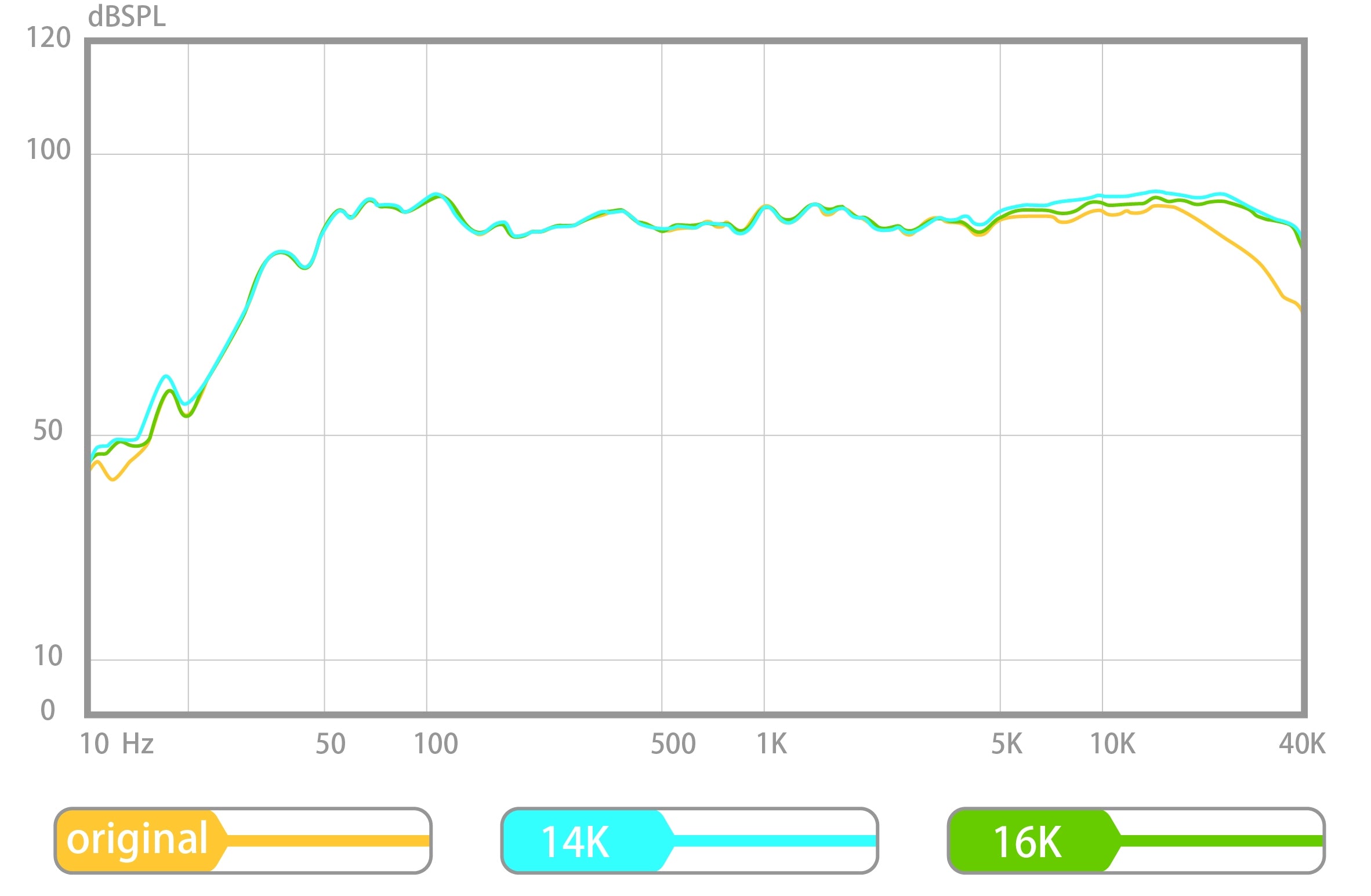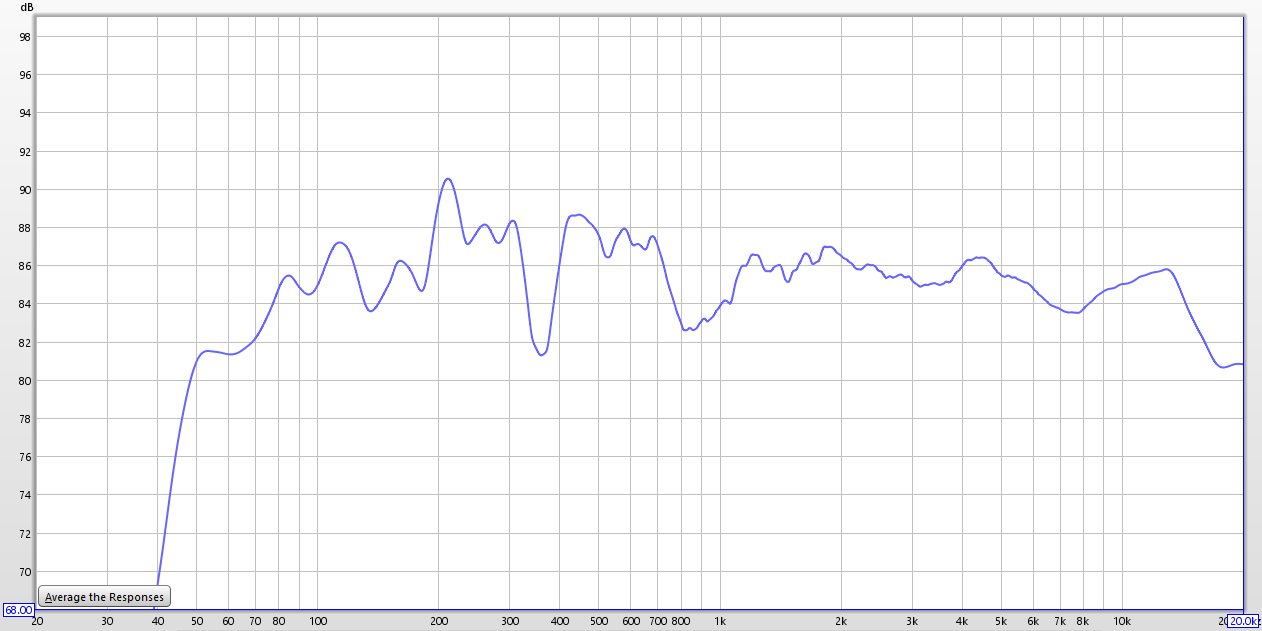But we have the physical limit how deep the needle can cut and the the noise that is created when the styus scratches along the grooves of the record.
Frequency response limit vinyl.
Apart from a few relatively minor refinements and the.
The low frequency response of vinyl records is restricted by rumble noise described above as well as the physical and electrical characteristics of the entire pickup arm.
Also the vinyl cutting lathe used in vinyl mastering usually used a 50 khz 6 db octave lowpass filter to limit the cutter amplifier power at ultrasonic frequencies.
2012 12 05 00 12 48 by mzil.
This is not the case with vinyl.
Unlike cd vinyl has no inherent high frequency limit in theory the cd format has a hard limit in that only frequencies below 22 05 khz can be encoded.
There is no hard limit upper frequency limit like that with vinyl in theory.
That said the high frequency response accuracy of vinyl varies tremendously.
Unlike the audio cd vinyl records and cassettes do not require anti aliasing filters.
Sales of vinyl records have been soaring although they still represent only a tiny fraction of the music industry s revenues.
The vinyl cut can transport frequencys from 10 to 25000 hz.
You ask strange questions since vinyl as media is supposed to be as flat as digital media are supposed to be flat.
The most notable proof of this is the cd4 quadraphonic system which relied on a 45 khz bandwidth to be accurately reproduced.
A roll off corner frequency at 50 khz also can be discerned in the above graph of the 192 khz version of the test recording.
Vinyl is back no doubt about it.
I stand by this.
About 2 percent in 2014.




























